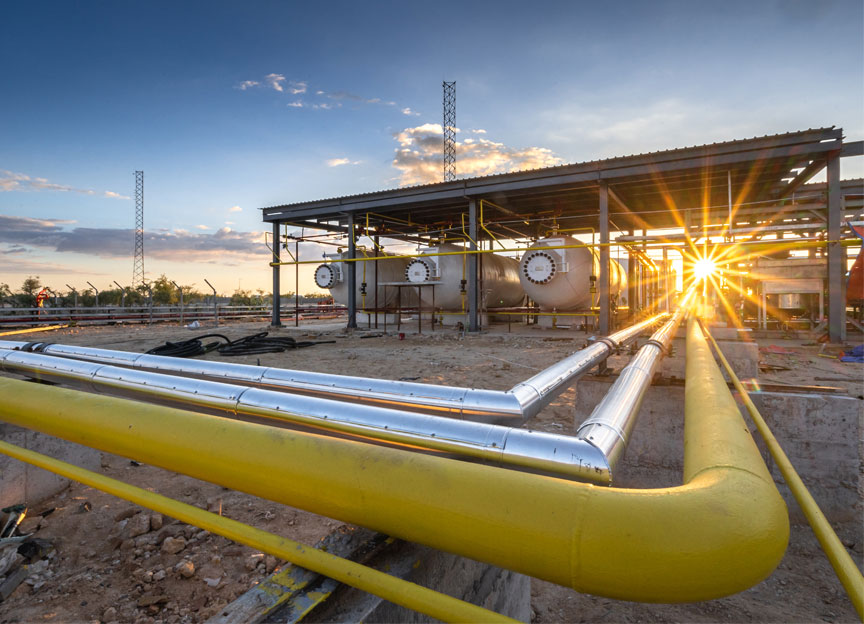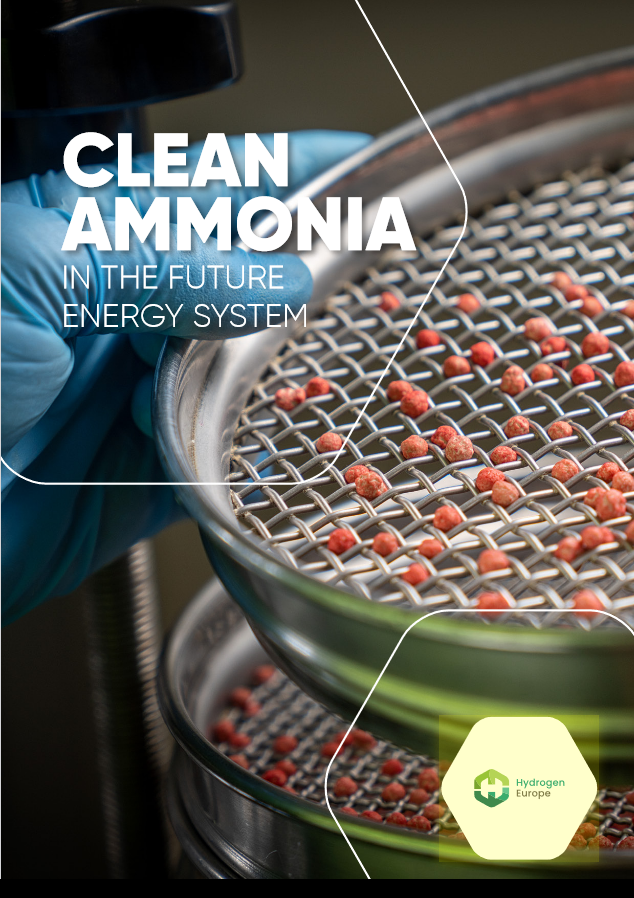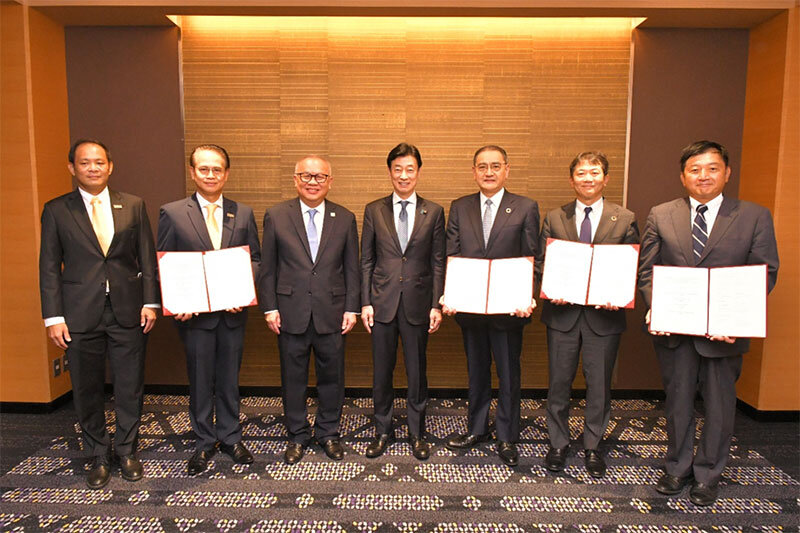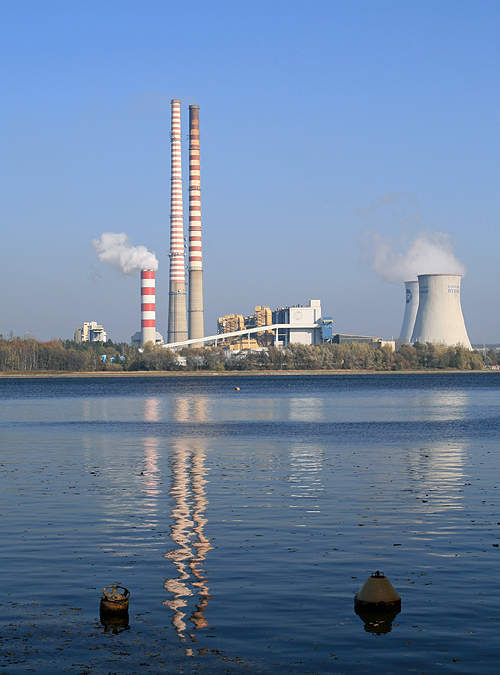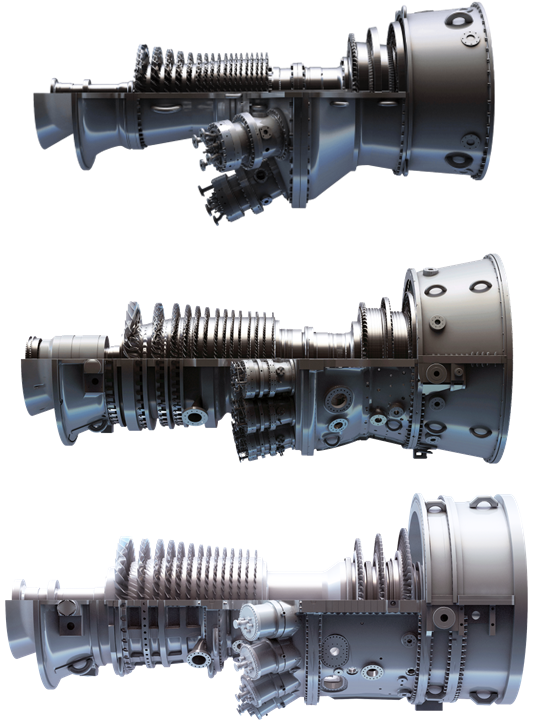The state-of-play for decarbonising ammonia in Australia: new government report
While the opportunity for Australia to become a world-leading exporter of green molecules is well-established, State of Hydrogen 2022 suggests the best progress to date has been made on a domestic opportunity: decarbonisation of existing ammonia production within Australia. Government support for emerging hydrogen hubs, workforce training and regulatory updates are highlighted as key next steps.


